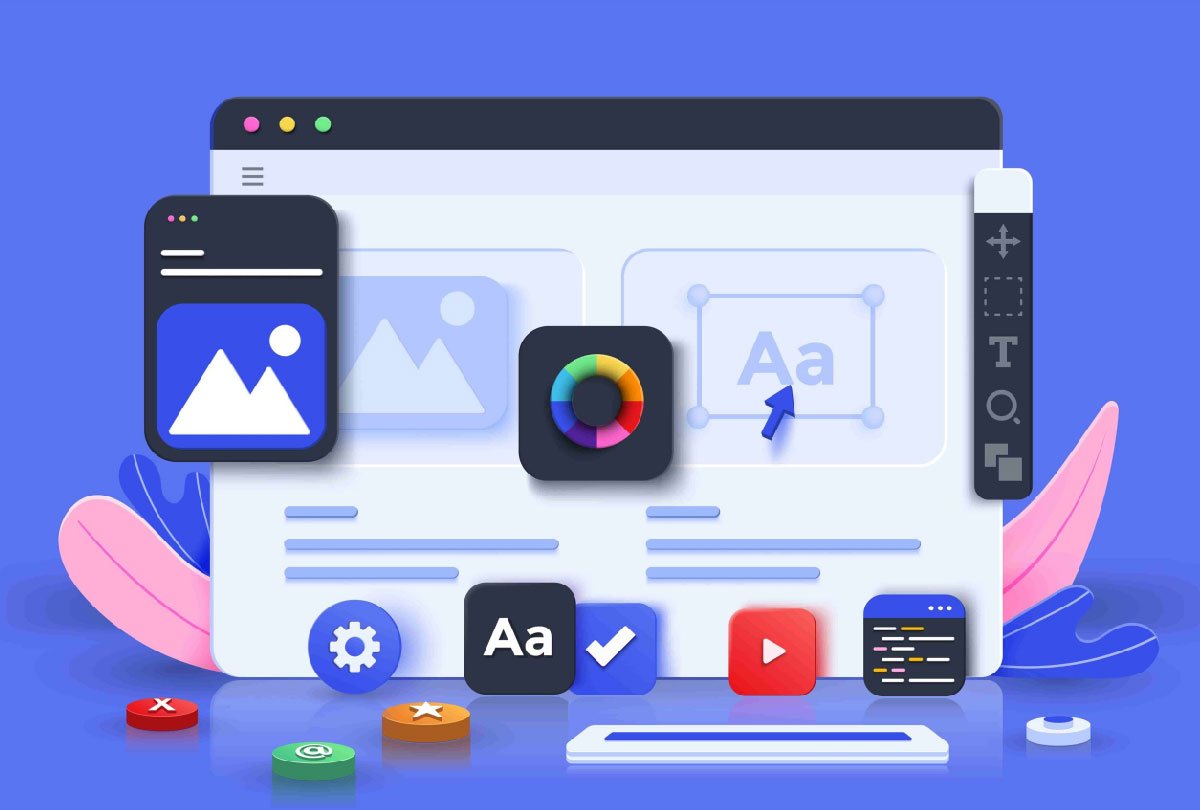Tech
How to Improve SaaS UX Design? Examples and Best Practices

Customer engagement is important for a business, whether you own a physical store or have a SaaS product. As far as your customers are concerned and engaged well with the brand, you are in a win-win situation. But do you know what could be the possible reason if things are reversed? A poor presentation can be the reason why your brand is not getting the attention it deserves.
Particularly when we talk about SaaS products, it is the UX that can make or even break the platform. Yes, the user experience is the most significant thing in a SaaS product; a poor UX can frustrate your users and sometimes can also hamper the brand image.
In this article, we will guide you through the ways you can improve your SaaS UX design, along with a few examples and best practices to achieve that. Even if you are opting for UI UX design services, these practices will help you improve. But, before we move further, let’s clear our basics.
What is SaaS UX Design?
SaaS UX design is the process of creating a pleasant and smooth user experience for the SaaS products intended to increase customer satisfaction, improve user experience, and minimize friction and churn, thus improving the overall customer retention.
Why is UX the backbone of SaaS?
Picture this: You sign up for a SaaS tool expecting simplicity, but you’re immediately faced with cluttered dashboards, unclear navigation, and a barrage of emails explaining the “how-to.” Frustration mounts, and within days, you abandon the platform.
This is the fate of SaaS products with poor UX. Conversely, well-designed UX not only encourages users to stick around but also helps them discover the full value of your platform, making them more likely to upgrade or recommend your product.
Good UX doesn’t just serve users; it guides them effortlessly toward their goals.
Key Principles of Superior SaaS Design
Clarity, consistency, and empathy are the three things you need right in order to create a remarkable SaaS UX.
Clarity: It’s necessary that the user experience should guide the user in the right ways rather than confusing them. They should know where to click, what to do, and how to achieve results, and that too without using a manual.
Consistency: Maintaining uniformity across the interface is necessary, and that comes from uniform font sizes, colors, iconography, design patterns, and the like. A sense of familiarity with the users will build trust.
Empathy: Step into the shoes of your users. Anticipate their challenges and try to provide solutions according to them.
Best Practices to Improve SaaS UX with Examples
Minimalism and White Spaces: Clean and uncluttered interfaces are the new normal. It is believed that they enhance focus, productivity, and user satisfaction. Minimalist designs, especially in SaaS products, let users navigate through easily without getting lost. With this, the white space fosters productivity, and of course a sense of professionalism and elegance.
Example: Notion employs a minimalist interface and ample white space, enabling users to focus on note-taking, task organization, and collaboration without distractions.
Dark Mode: It is not just a trend; it is becoming a popular user choice. With the benefits such as soothing for eyes in low-light settings and less energy consumption, users are preferably opting for dark mode settings, especially when they are working late at night. For SaaS UX, it is considered one of the best practices.
Example: Slack offers a dark mode to its users, creating a more comfortable and visually appealing experience, particularly for nighttime usage.
Micro Interactions: Your users want to be addressed every time they do something in the SaaS platform. Micros interaction is the much sought-after UX design, especially in today’s scenario. Microinteractions can be in various ways, like graffiti images once they fill out some form and the like.
Example: Intercom uses micro-interactions, such as animated messages and tooltips, to guide users and make the onboarding process intuitive.
Streamline Information Architecture: Haphazard information can frustrate users. If the information regarding one feature is at one place and the CTA at another, then there are chances of platform abandonment by the users. One of the best practices to overcome this issue is to have a streamlined information architecture.
Example: HubSpot ensures seamless navigation by organizing its CRM and marketing tools in a logical hierarchy, making features easily discoverable.
Display Available Self-Serve Resources: Positioning the self-serve resources like guides and tutorial videos in the right place is necessary. In this way, the users can troubleshoot their issues at their convenience without waiting for external help, which ultimately helps in building brand trust.
Example: Zendesk positions its help center and tutorial resources prominently, empowering users to resolve queries independently.
Create Omnichannel User Experience: This is one of the most important and yet ignored parts of SaaS UX. If you are expecting the same brand interaction while using the SaaS product on different devices, like mobile, desktop, or tablet, then ensure that the UX is the same everywhere. Creating an omnichannel user experience is the best way to get your users hooked.
Example: Asana maintains consistent functionality and design across its desktop and mobile platforms, ensuring that teams can manage tasks anytime, anywhere.
Build User Trust with Social Proof: It’s necessary to build trust before users buy your product and there is no better way than doing it through social proof. Testimonials, reviews, and user ratings are a few of the best ways to reassure users.
Example: Dropbox prominently displays user reviews and success stories to reassure potential subscribers about its reliability as a file-sharing and collaboration tool.
At the End
In the competitive world of SaaS, delivering a seamless and engaging user experience isn’t just about aesthetics—it’s about empowering users to achieve their goals effortlessly. A well-designed SaaS platform can turn first-time users into loyal advocates by offering clarity, consistency, and value at every touchpoint.
By adopting best practices such as minimalist design, intuitive information architecture, and omnichannel experiences, you can create a product that not only meets user expectations but exceeds them. Companies like Notion, Slack, and HubSpot have shown that prioritizing UX can lead to greater customer satisfaction, higher retention rates, and a stronger brand reputation.
For More Information Visit Coopermagazine
-

 Celebrity1 year ago
Celebrity1 year agoWho Is Jennifer Rauchet?: All You Need To Know About Pete Hegseth’s Wife
-

 Celebrity1 year ago
Celebrity1 year agoWho Is Mindy Jennings?: All You Need To Know About Ken Jennings Wife
-

 Celebrity1 year ago
Celebrity1 year agoWho Is Enrica Cenzatti?: The Untold Story of Andrea Bocelli’s Ex-Wife
-

 Celebrity1 year ago
Celebrity1 year agoWho Is Klarissa Munz: The Untold Story of Freddie Highmore’s Wife















